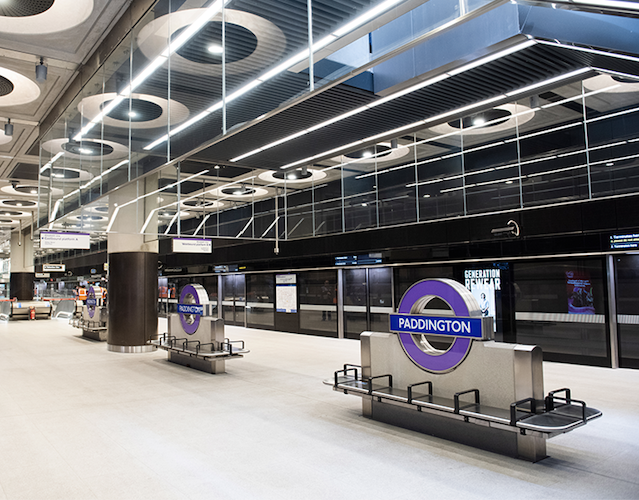In less than three weeks Londoners will finally get something they haven’t had since Queen Elizabeth was in her early forties: a brand-new Tube line. The line that bears Her Majesty’s name will transform the way we travel around the capital and the wider south-east.
Trains that are twice the size of a standard London Underground train will run on mainline tracks between Berkshire and Essex through tunnels in central London. Airports, offices, cultural hotspots and homes will be better connected, easing transport congestion and providing quicker, simpler and more reliable journeys for Londoners, commuters and visitors alike.
It has not been a speedy process. The idea behind the Crossrail, as the Elizabeth Line was previously called, predates the Greater London Plan by Patrick Abercrombie, who aimed to rebuild and improve London following World War II. He made the case, as did later government studies. But for decades there was more talk than action.
Then, 30 years ago, a group of business leaders came together to establish London First and one of our first priorities was to get a new east-west rail link, connecting Canary Wharf to the City to the West End to Heathrow and beyond. We built a cross-sector, cross-party coalition which stood the test of time – it would take 16 years of campaigning before the Crossrail Act received royal assent and construction could begin.
The key piece of the jigsaw was an innovative funding deal. We brokered a collaborative package between London government, national government and London’s business community under which, crucially, business was willing to pay up to make things happen. Business leaders could see the economic benefits that better connectivity, more predictable journey times and increased public transport capacity would bring. London’s biggest companies essentially agreed to be taxed more to make it happen.
As a result, 40 per cent of the nearly £19 billion the Elizabeth Line has cost has been paid for by London’s businesses. This is not money that would have otherwise been spent in other ways, but new money on top of existing tax contributions. Further London funding came from Transort for London, with the balance from general national taxation. Important as this central government contribution has been to the project, it needs to be put in context: pandemic years apart, London contributes a tax surplus equivalent to two whole Crossrails every year. So we can justifiably say that London has paid for the new line.
Although London paid for Crossrail, its benefits are not limited to the capital and the south-east. 62 per cent of all the project’s contracts have been awarded to companies based beyond the M25, providing a range of goods and services from steel doors from the north-west to communications and controls from the north-east. And of course it is vital to the government’s finances – and the spending to drive broader levelling up investments – that London’s tax surplus recovers and grows as swiftly as possible.
Crossrail supports that by making it easier to get workers back to their workplace, visitors around the sights and all of us around the city. True, because of Covid, it won’t be as busy in its first year or so as was thought. But with London’s population currently projected to pass 11 million by 2050, it will provide much-needed room for growth and be a critical part of the infrastructure we need to keep our roads moving and hit our net-zero targets.
On 24 May you will be able to take your first ride on the Elizabeth Line. It shows what we can achieve when we are ambitious for the UK and when business works together with Government to deliver genuinely transformative investments.
John Dickie is chief executive of business group London First.
On London is a small but influential website which strives to provide more of the kind of journalism the capital city needs. Become a supporter for £5 a month or £50 a year and receive an action-packed weekly newsletter and free entry to online events. Details here.

